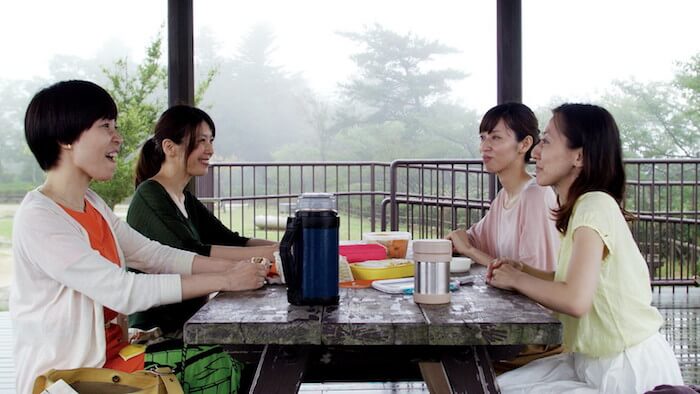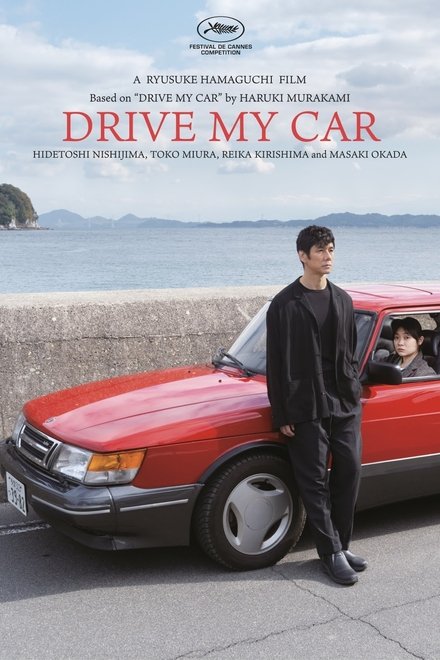Recent Watching: Hamaguchi's Happy Hour
Last night, I finished watching Ryusuke Hamaguchi's Happy Hour last night on my television using my Criterion Channel app. Here is how Criterion summarizes the movie:
A powerful affirmation of the immersive potential of cinema, HAPPY HOUR is a slow-burning epic chronicling the emotional journey of four thirtysomething women in the misty seaside city of Kobe, Japan. As they navigate the unsteady currents of their work, domestic, and romantic lives, a sudden, unexpected rift opens that propels each to a new, richer understanding of life and love. Director Ryusuke Hamaguchi’s wise, precisely observed, compulsively watchable drama of friendship and midlife awakening runs over five hours, yet the leisurely duration is not an indulgence but a strategy that creates a novelistic space where everyday moments become charged with possibility. The result is a subtle, emotionally intense, and spectacularly complex rendering of the details of daily life in which ideas and feelings are swayed by the unseen forces of friendship and love and buffeted by the weight of deception, loyalty, and tradition.
Perhaps the thing people are most likely to notice about this picture, at first, is its five plus hour run time. I suppose that the long running time might be an issue if I were to watch Happy Hour on the big screen since my back and bladder might not be prepared for the experience. But watching the movie on my television with a reliable pause feature and the ability to pick up where I left off the next night, the length of the movie is not an issue; I just divided it up over five nights. Consider streaming television as an example of how it is possible to watch long programs over several days. I expect over the next few weeks to finish the HBO show We Own This City and the Netflix show Russian Doll season 2. I believe the former will be six one hour episodes and the latter will be eight one hour episodes. So, the five plus hour length of Happy Hour was not an issue for me.
The movies of Ryusuke Hamaguchi are sometimes considered to be part of the slow cinema movement. The entry on the topic in wikipedia says the following:
Slow cinema is a genre of art cinema film-making that emphasizes long takes, and is typically characterised by a style that is minimalist, observational, and with little or no narrative.
Examples of slow cinema (that I am familiar with -- pictures I have seen) include Robert Bresson's A Man Escaped and Pickpocket (a strong influence on Paul Schrader and his script for Taxi Driver), Bela Tar's Werckmeister Harmonies and the Turin Horse (Tar has made several film versions of strange and challenging books of Lazlo Krasznahorkai -- they seem like peanut butter and jelly, two things meant to be together), Kelly Reichardt's Wendy and Lucy (a very sad picture about a woman and her dog), and Tsai Ming-Liang's Stray Dogs.
Let me just argue with one aspect of the definition of slow cinema. I do not think that Happy Hour is a series of long takes. Much of the movie is dialogue that is shot and edited in a very traditional manner. Hamaguchi has a good deal of cross cutting so that we switch between a shot of the person speaking and a reaction shot of the people listening. So, Happy Hour is fairly traditional in its editing style.
However, what I found unusual about the movie were its long scenes. For instance, in one scene the characters had a conversation in a restaurant. In a traditional movie, the filmed conversation might be two or three minutes long. In Hamaguchi's movie, this filmed conversation is fully twenty or thirty minutes long. These long scenes are what give the picture a hypnotic and mesmerizing quality.
There are two other Hamaguchi movies now available on the Criterion Channel: Wheel of Fortune and Fantasy and Asako I and II. In addition, the Oscar winning picture Drive My Car (based on at least one short story by one of my favorite writers, Haruki Murakami) is available on HBO. I plan to see all of these pictures in the near future.




Comments
Post a Comment